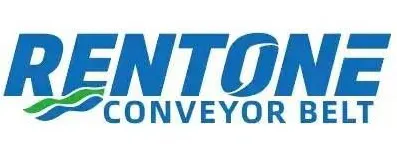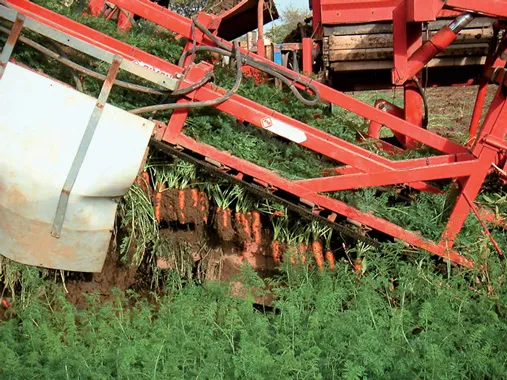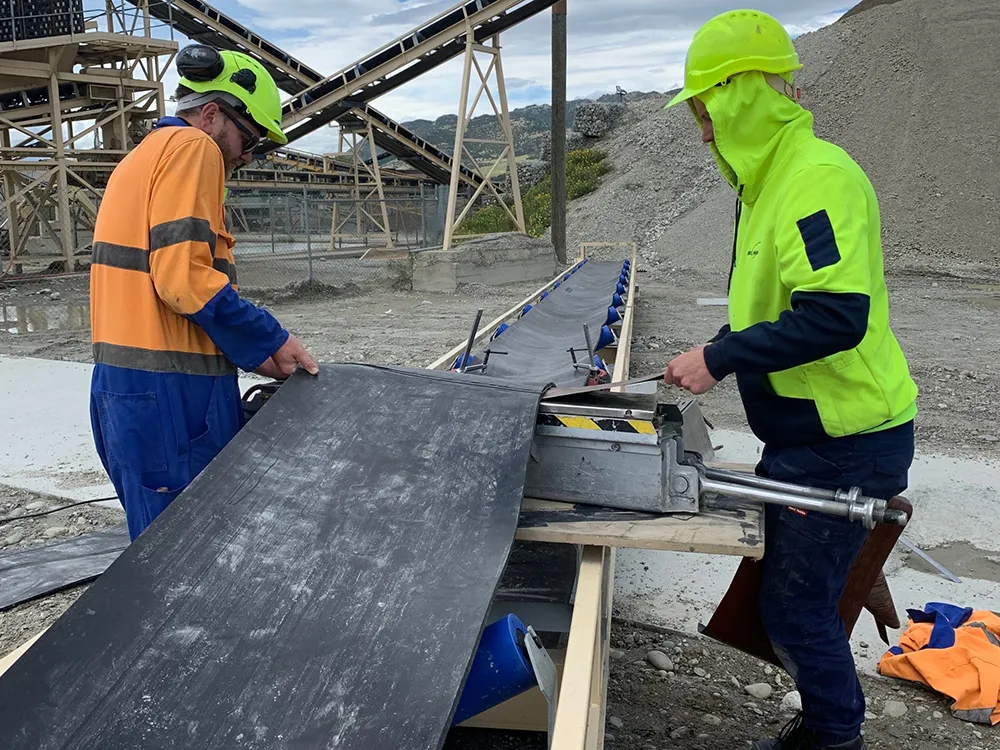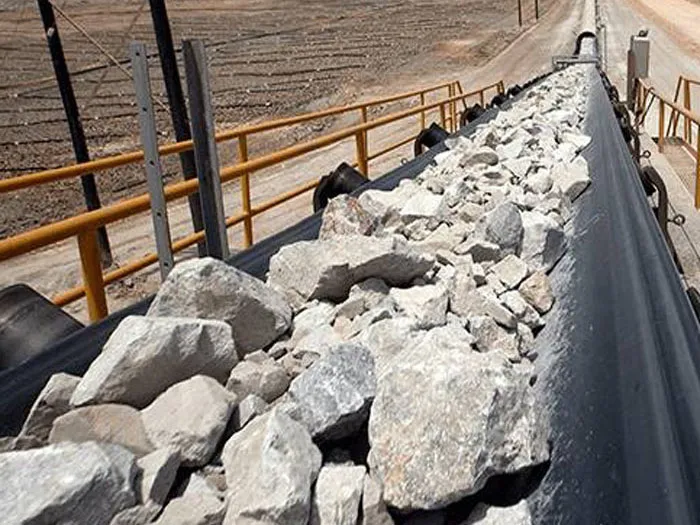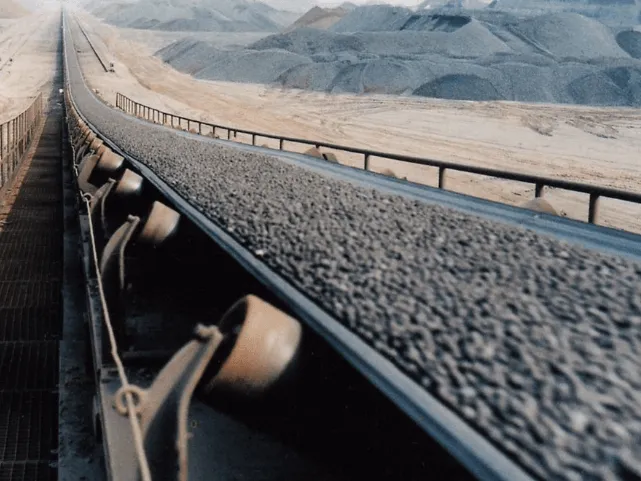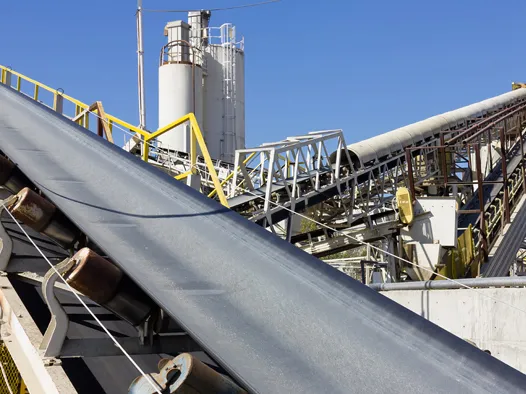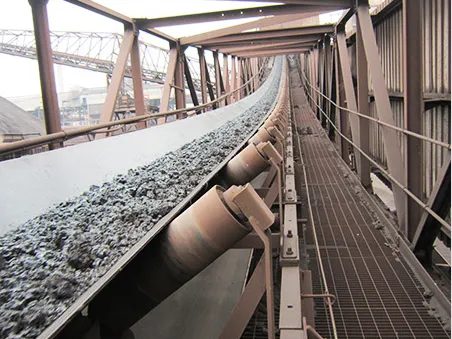Answer: Rubber conveyor belts are suitable for various industries, including power, ports, metallurgy, mining, construction materials, and more, to meet diverse material conveying needs.
Answer: The lifespan of rubber conveyor belts depends on several factors, including usage, maintenance, and working conditions. Typically, properly maintained belts can last for many years.
Answer: Maintenance frequency depends on usage but it’s generally recommended to conduct regular inspections and maintenance to ensure smooth belt operation.
Answer: Yes, rubber conveyor belts are typically relatively easy to install. We provide installation guidelines and offer support as needed.
Answer: Conveyor belt safety can be ensured through regular inspections, operator training, and adherence to safety standards.
Answer: Yes, we offer customized rubber conveyor belt options to meet specific customer requirements and specifications. Please contact us for more information.
Answer: The maximum carrying capacity of rubber conveyor belts depends on the model and specifications. We provide various types of belts to meet different load requirements.
Answer: Conveyor belt repairs typically involve replacing worn parts, repairing damaged sections, and regular lubrication. We provide repair services and guidance.
Answer: Rubber conveyor belts can transport various materials, including coal, ores, grains, construction materials, and more. They are adaptable for a wide range of industrial applications.
Answer: Choosing the right conveyor belt type should consider factors such as material type, distance, load, and environmental conditions. Our team can provide professional advice to help you select the appropriate belt.
